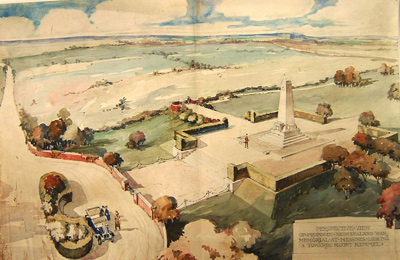Samuel Hurst Seager was born in London in 1858, and came to Lyttelton with his parents in 1870. His father Samuel Seager was a master builder. S.H. Seager studied at Canterbury University College, and worked in the offices of Benjamin Mountfort. In 1882 he returned to England and studied at London University College, the Royal Academy, and at the Architectural Association, where he passed his examinations as an Associate of the Royal Institute of British Architects. By 1884 Seager had returned to New Zealand and established his architectural practice. His first major design was for the Christchurch Municipal Offices (1885-1886) built in Queen Anne Revival style. In 1887 Samuel Seager married Hester Connon, the sister of Helen Connon.
Samuel Hurst Seager is well remembered as an influential teacher, having joined the staff of Canterbury College School of Art as a lecturer in Architecture and Decorative Design from 1893 to 1903. However, he is most well known for his architectural practice, where he specialized in the design of private residences such as Daresbury (1900) and Clarisford (1914).


